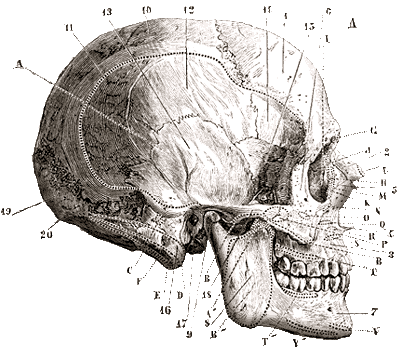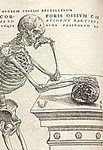Trace element fingerprinting of ancient Chinese gold with femtosecond laser ablation inductively coupled mass spectrometry
Lynn B. Brostoff (a), Jhanis J. Gonza´ lez (b), Paul Jett (c), Richard E. Russo (b)
(a)Library of Congress, Preservation Research and Testing Division, 101 Independence Avenue, SE, Washington, DC 20540, USA
(b) Lawrence Berkeley National Laboratory, 1 Cyclotron Road, Berkeley, CA 94720, USA
(c)The Freer Gallery of Art/Arthur M. Sackler Museum, Smithsonian Institution, Washington, DC 20013, USA
Smithsonian’s Freer Gallery of Art and Arthur M. Sackler Gallery. Taking advantage of the superior
ablation characteristics and high precision of a femtosecond 266 nm Ti:sapphire laser at Lawrence
Berkeley National Laboratory, major, minor and trace element concentrations in the gold fragments were
quantified. Results validate use of femtosecond LA-ICP-MS for revealing ‘‘fingerprints’’ in minute gold
samples. These fingerprints allow us to establish patterns based on the association of silver, palladium
and platinum that support historical, technical and stylistic relationships, and shed new light on these
ancient objects.
2008 Published by Elsevier Ltd.
Journal of Archaeological Science 36 (2009) 461–466
Lynn B. Brostoff (a), Jhanis J. Gonza´ lez (b), Paul Jett (c), Richard E. Russo (b)
(a)Library of Congress, Preservation Research and Testing Division, 101 Independence Avenue, SE, Washington, DC 20540, USA
(b) Lawrence Berkeley National Laboratory, 1 Cyclotron Road, Berkeley, CA 94720, USA
(c)The Freer Gallery of Art/Arthur M. Sackler Museum, Smithsonian Institution, Washington, DC 20013, USA
In this collaborative investigation, femtosecond laser ablation-inductively coupled mass spectrometry
(LA-ICP-MS) was applied to the study of a remarkable group of ancient Chinese gold objects in theSmithsonian’s Freer Gallery of Art and Arthur M. Sackler Gallery. Taking advantage of the superior
ablation characteristics and high precision of a femtosecond 266 nm Ti:sapphire laser at Lawrence
Berkeley National Laboratory, major, minor and trace element concentrations in the gold fragments were
quantified. Results validate use of femtosecond LA-ICP-MS for revealing ‘‘fingerprints’’ in minute gold
samples. These fingerprints allow us to establish patterns based on the association of silver, palladium
and platinum that support historical, technical and stylistic relationships, and shed new light on these
ancient objects.
2008 Published by Elsevier Ltd.
Journal of Archaeological Science 36 (2009) 461–466













